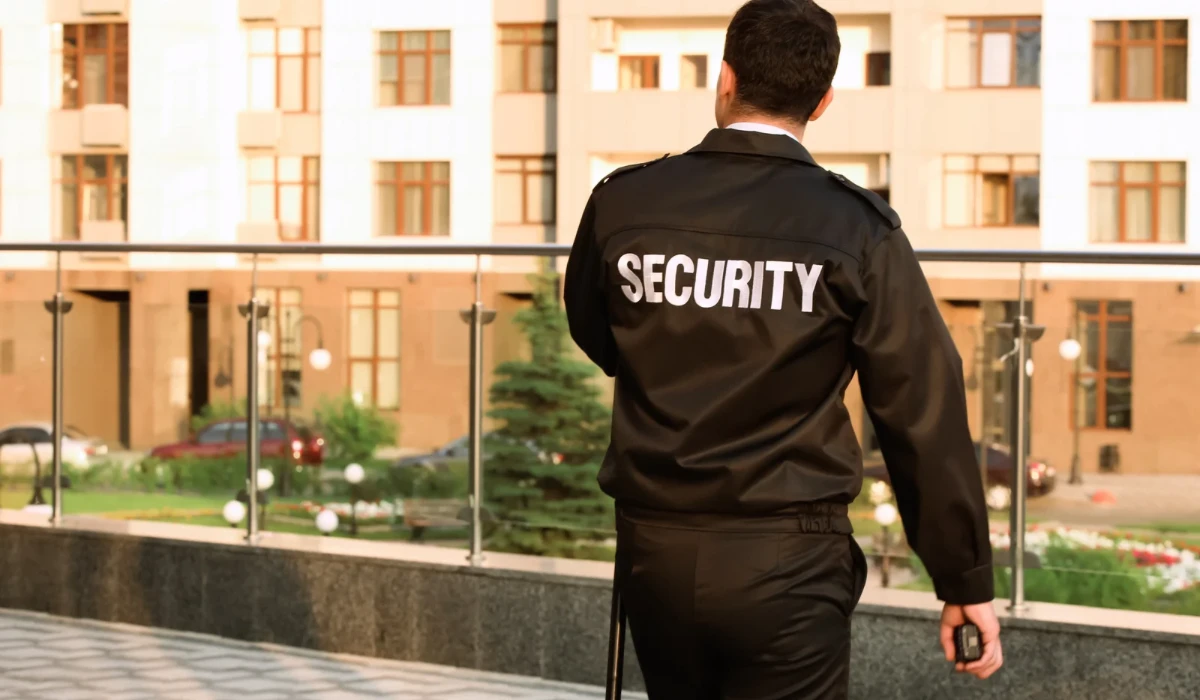In classrooms across America, teachers are facing a silent epidemic, one that doesn’t stem from curriculum changes or standardized tests, but from the emotional weight of their students’ traumas. This phenomenon, known as Secondary Traumatic Stress (STS), is increasingly recognized as a significant factor contributing to teacher burnout and attrition.
Understanding Secondary Traumatic Stress
Secondary Traumatic Stress refers to the emotional duress that individuals experience when they hear about the firsthand trauma experiences of others. For educators, this means absorbing the emotional pain of students who have faced abuse, neglect, violence, or other traumatic events. Over time, this exposure can lead to symptoms mirroring those of post-traumatic stress disorder, including anxiety, depression, and chronic fatigue.
A study by the University of Montana highlighted the prevalence of STS among educators, revealing that approximately 75% of school staff exceeded clinical thresholds on all three subscales of STS, with over a third reporting moderate symptoms of depression.
The Emotional Toll on Educators
The COVID-19 pandemic has profoundly impacted both students and teachers, creating a shared experience of trauma that has reshaped the educational landscape. Traditionally, educators have served as pillars of stability, supporting students through various challenges. However, the pandemic blurred these roles, as teachers themselves grappled with stressors such as health concerns, remote teaching challenges, and personal losses. This collective trauma has led to a phenomenon where educators experience vicarious trauma, mirroring the emotional toll faced by their students (ASCD).
This shared trauma has also disrupted traditional classroom dynamics, leading to an imbalance that affects teaching and learning. Educators, while striving to support their students, often find themselves overwhelmed, leading to increased instances of burnout and attrition (Frontiers in Education). The lack of adequate support structures exacerbates these challenges, highlighting the need for systemic changes to foster resilience and well-being within educational communities.
Teachers often enter the profession driven by a desire to make a positive impact. However, the constant exposure to students’ traumatic experiences can erode their emotional resilience. Jessica Lander, a high school teacher in Massachusetts, aptly described STS as “the consequence of being a good teacher,” emphasizing that caring deeply for students often makes educators more susceptible to emotional distress.
The emotional toll is not just anecdotal. A 2022 survey by the RAND Corporation found that 73% of teachers reported job-related stress, with 59% experiencing burnout and 28% showing symptoms of depression (RAND). These figures underscore the urgent need to address the mental health of educators.
Real-World Examples of Trauma in the Classroom
After the 2012 mass shooting at Sandy Hook Elementary School, surviving teachers experienced long-term trauma. First-grade teacher Kaitlin Roig-DeBellis, who saved her class by hiding them in a bathroom, later revealed the depth of her emotional pain: “I had to be the strong one. But inside, I was unraveling” (CNN). Teachers at Sandy Hook developed PTSD, battled anxiety, and in many cases, left the profession permanently. Their trauma wasn’t abstract; it was daily, raw, and unforgettable.
In a 2020 report by The Hechinger Report, a Bronx middle school teacher detailed how her student, who had been placed in foster care after witnessing domestic violence, would scream and crawl under desks during class. Despite her efforts to help him feel safe, the constant emotional toll led her to have anxiety attacks and ultimately take a mental health leave. “I started dreading the sound of the first-period bell,” she said (The Hechinger Report).
In Detroit, a teacher interviewed by PBS NewsHour recalled the day one of her students was shot while walking home from school. “I sat at my desk and cried during lunch. He survived, but something broke in me that day.” She said educators were expected to be therapists without training or support, and it was “destroying” them emotionally (PBS NewsHour).
A Texas elementary school teacher told The Washington Post how during virtual classes, one of her students broke down and said, “I don’t want to be alive.” That teacher, trying to hold it together on Zoom, collapsed in tears afterward. Teachers nationwide were supporting grieving, hungry, and overwhelmed students while facing their own losses, creating a feedback loop of trauma that overwhelmed school systems (Washington Post).
The Ripple Effect on Education
The impact of STS extends beyond individual teachers. Educators grappling with emotional exhaustion may struggle to maintain classroom engagement, leading to decreased student performance and increased behavioral issues. Moreover, high teacher turnover rates disrupt the continuity of education, affecting school communities and student outcomes.
In Australia, a study revealed that one in three teachers considered quitting due to secondary traumatic stress, highlighting the global nature of this issue (The Australian).
Strategies for Mitigation
Addressing STS requires a multifaceted approach:
-
Trauma-Informed Training: Educators should receive training to recognize signs of trauma in students and themselves. The National Child Traumatic Stress Network offers resources tailored to educators.
-
Peer Support Groups: Safe spaces for teachers to share experiences can reduce isolation. Schools can partner with mental health professionals to host check-ins or debriefing sessions.
-
Administrative Support: School leaders should prioritize staff well-being through wellness programs, counseling access, reasonable workloads, and mental health days.
-
Self-Care Practices: Teachers should be encouraged to practice self-care. Tools like the Professional Quality of Life (ProQOL) assessment help educators understand their stress and burnout levels.
The prevalence of Secondary Traumatic Stress among educators is a clarion call for systemic change. As teachers continue to support students through their darkest times, it’s imperative that we, as a society, support our educators in return. By acknowledging the emotional challenges they face and providing the necessary resources and support, we can ensure that teachers remain the cornerstone of our educational system, resilient, compassionate, and ready to uplift the next generation.





